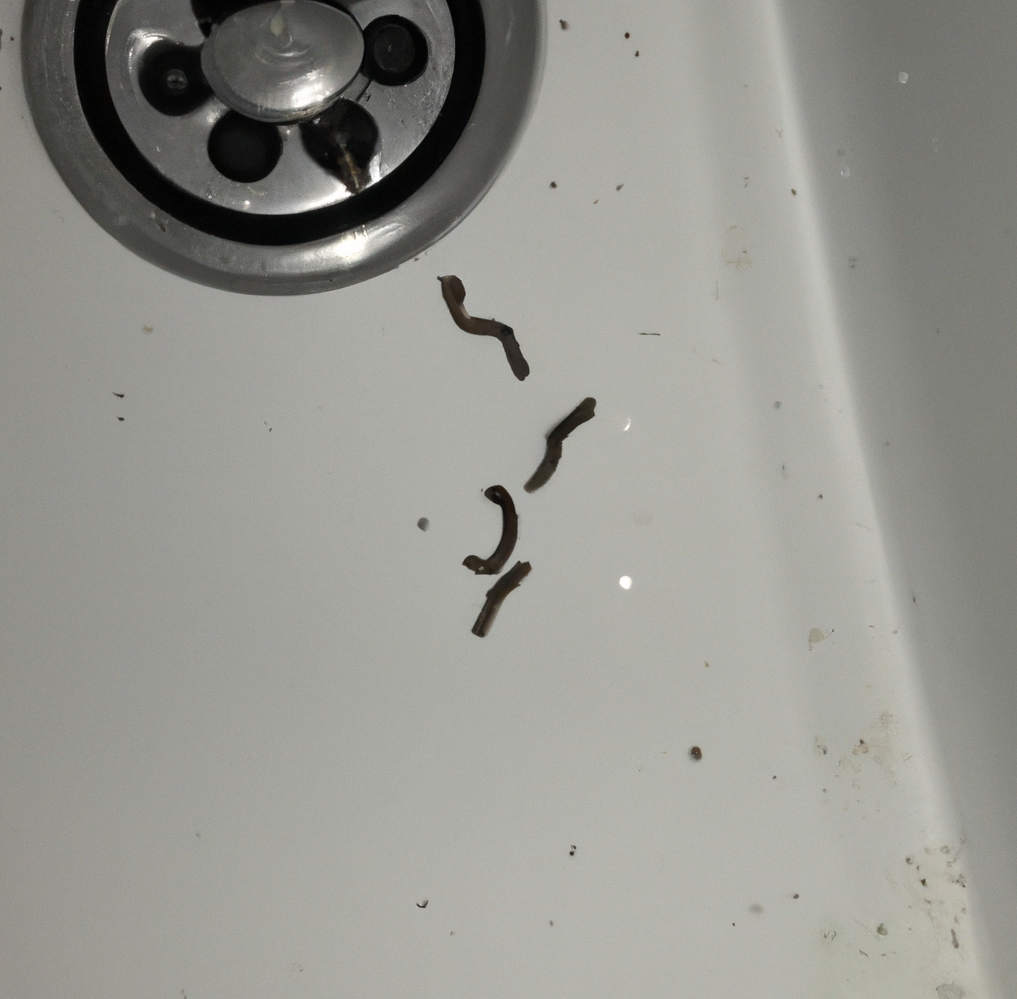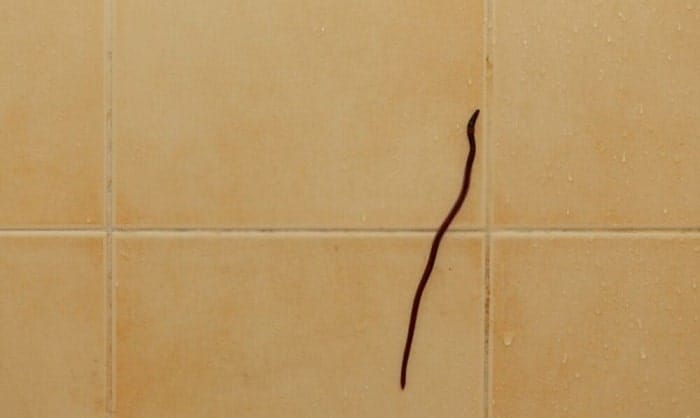Identifying the Worms

You’ve discovered small black worms in your bathroom floor, and you’re understandably concerned. Let’s delve into the world of these tiny creatures to determine their identity and address the issue effectively.
Identifying Worm Species
The appearance of the worms is crucial for identifying the species. Here’s what to look for:
- Size: Measure the length of the worms. Are they less than a centimeter long, or do they reach several centimeters?
- Color: Note the exact shade of black. Is it a deep, jet black, or does it have a brownish or reddish hue?
- Shape: Observe the worm’s body shape. Is it cylindrical, flattened, or segmented? Are there any noticeable bristles or hairs?
- Distinguishing Features: Do you notice any unique characteristics, such as a distinct head, a tail, or any specific markings?
Based on these observations, you can narrow down the potential species. Some common worms found in bathrooms include:
- Vinegar Eels (Turbatrix aceti): These microscopic nematodes are typically less than 1 millimeter long and have a translucent, whitish-gray body. They thrive in moist, acidic environments, such as vinegar or damp areas like bathrooms.
- Roundworms (Nematoda): Roundworms are diverse, but some species can be found in bathrooms. They are typically cylindrical and have a smooth body surface. They can range in size from microscopic to several centimeters long.
- Flatworms (Platyhelminthes): Flatworms, like planarians, are flat, ribbon-like creatures with a smooth or slightly textured body. They can vary in size and color, and some species are known to inhabit damp environments.
Characteristics of Potential Species, Small black worms in bathroom floor
To better understand the worms you’ve found, let’s explore some common characteristics of these potential species:
- Habitat: Most of these worms prefer moist, humid environments, which explains their presence in bathrooms. They often thrive in areas with standing water, such as leaky pipes or damp floors.
- Diet: Vinegar eels feed on bacteria and organic matter found in vinegar and other fermented substances. Roundworms have diverse diets, ranging from bacteria and fungi to small insects. Flatworms, like planarians, are carnivorous and feed on other invertebrates.
- Lifecycle: The lifecycle of these worms varies. Vinegar eels reproduce rapidly, with eggs hatching within a few days. Roundworms and flatworms have more complex lifecycles that may involve multiple stages, including larval and adult forms.
Understanding the Cause: Small Black Worms In Bathroom Floor

The presence of small black worms in your bathroom floor can be unsettling, but understanding the underlying causes can help you effectively address the issue. These worms thrive in specific conditions, and identifying those conditions is crucial to prevent their recurrence.
Moisture Sources
Moisture is a key factor in attracting and sustaining worm populations. Bathrooms are inherently prone to moisture due to their function, and several sources can contribute to this problem.
- Leaky pipes: Leaking pipes are a significant source of moisture. Over time, leaks can create damp spots, attracting worms and other pests.
- Condensation: Condensation occurs when warm, moist air comes into contact with a cool surface, such as bathroom tiles or mirrors. This can create a humid environment, promoting worm growth.
- Poor ventilation: Adequate ventilation is essential to remove excess moisture from the air. Poor ventilation allows moisture to linger, creating favorable conditions for worms.
Food Sources
While worms may not be actively seeking out a meal in your bathroom, they can find sustenance in various organic materials.
- Decaying organic matter: This includes hair, skin cells, and even food scraps that may find their way into the bathroom. These materials decompose, providing a food source for worms.
- Hair: Hair, particularly from shedding pets, can accumulate in the bathroom, providing a source of nourishment for worms.
- Food scraps: Even small food particles can attract worms, especially if they are not cleaned up promptly.
